St. Mary's Pine Forest Village (성모솔숲마을)
18.0Km 2024-02-08
166 Songnae-gil, Gakbuk-myeon, Cheongdo-gun, Gyeongsangbuk-do
St. Mary's Pine Forest Village, a serene retreat house under the Catholic Archdiocese of Daegu, was initially established as a haven for the sick and those seeking spiritual retreats. However, it is now open to all, regardless of their reason for visiting. A mass is celebrated at eleven every morning in the church, welcoming both Catholics and non-Catholics alike. Visitors who are not of the Catholic faith are also encouraged to explore the church, or enjoy a peaceful stroll through the surrounding pine forest. The village comprises several facilities, including the Pine Forest Church, the Way of the Cross, a restaurant, a café, and the Yedam Gallery, which is located within the café.
Daegu Arboretum (대구수목원)
18.2Km 2023-11-17
342 Hwaam-ro, Dalseo-gu, Daegu
+82-53-803-7270
Daegu Arboretum is located at the site of an old sanitary landfill. The restoration of the area passed through many stages from 1996 until the opening in May 2002. It is home to more than thousands of species of plants including giant cacti, flowers, medicinal herbs, and trees in 21 gardens. The arboretum serves as an ecological education center and rest area for Daegu citizens. Ecology experience programs for students and young children are held regularly during summer vacation. Nearby attractions include Apsan and Duryu Parks, as well as Palgongsan and Biseulsan Mountains.
Buinsa Temple (Daegu) (부인사(대구))
18.2Km 2024-02-23
967-28 Palgongsan-ro, Dong-gu, Daegu
Buinsa Temple is a temple nestled on the southern slopes of Palgongsan Mountain, with a deep historical connection to Queen Seondeok of Silla (580–647). The temple is renowned for preserving the woodblocks of the First Tripitaka Koreana, a collection of Buddhist scriptures carved in the 11th century. The current Buinsa Temple encompasses significant structures, including Daeungjeon Hall, Queen Seondeok's Memorial Hall, and Samseonggak Shrine. Visitors have the opportunity to appreciate the scenic beauty of nature while exploring the cultural and architectural heritage from the Silla and Goryeo periods.
Yeongcheon Eunhaesa Temple (은해사 (영천))
18.5Km 2021-12-21
951, Cheongtong-ro, Yeongcheon-si, Gyeongsangbuk-do
+82-54-335-3318
Eunhaesa Temple, located on Palgongsan Mountain in Yeongcheon city, Gyeongsangbuk-do, is one of two major temples on the mountain along with Donghwasa Temple.
The temple was founded by Monk Hyecheol and was given the name Haeansa Temple in the first year of King Heondeok’s reign during the Silla Kingdom (AD 809), but was moved to the current site in the Joseon dynasty in 1546 (the first year of King Myeongjong). Upon its relocation, King Injong of Joseon dynasty was commemorated with a new lecture hall along with a memorial stone plaque where the king's umbilical cord was buried and sealed. It was then when the temple was also given its current name, Eunhaesa Temple.
The temple houses the main shrine, Bohwaru pavilion, Seolseondan Hall, Shimgeondang Hall, eight small hermitages, as well as Baegeungam Temple, Jungangam Temple, and a professional Buddhist education institution, the Eunhaesa Buddhist University. Eunhaesa Temple is home to a National Treasure, Geojoamyongsanjeon Hall, and Treasure, Baekheungamgeukrakjeon Hall. It also contains Treasure, the Sunidan Buddha Platform; Treasure, the Wunbuamcheongdongbosal Seated Buddha Statue; and Treasure, the Eunhaesa Temple Gwaebultaeng hanging Buddha picture. The area is also close to the Seongbu Museum, which exhibits cultural assets from Eunhaesa Temple and the neighboring areas, as well as popular tourist attractions such as Geukrakgul grotto of Jungangam temple (Hwaeomgul Grotto), Geondeul Rock, Manyeonsong Pine Tree, Ganggunsu Waters, and Anheungpokpo Falls of Gigiam Temple.
Inheung Village (인흥마을)
18.5Km 2020-04-14
16, Inheung 3-gil, Dalseong-gun, Daegu
+82-53-668-3162
The descendants of Mun Ik-jeom, who are known to have
brought the Nampyeong Mun clan to prosperity, reportedly came to Daegu about 500 years ago. It was during the time of Mun Gyeong-ho (1812-1874), the 18th descendant of Mun Ik-jeom, that the clan became established in Inheung. Mun executed his plan to create a village for the clan by putting down roots in the old site of Inheungsa Temple, a large-scale temple in the Goryeo era.
Yonghojae, which is a place for offering ancestral memorial services, is the first building established at the village constructed before or after 1920. The first residential building was built around the late 1800s in the form of thatched cottage. During the course of a hundred years, the village developed into what it is today. Featuring about 70 or so tile-roofed homes, Inheung Village is only about 200 years old but it is a great example of traditional residential homes of the em>yangban upper class in the Yeongnam region. The harmony between the way the village is organized and the surrounding landscape is unique and rare.
Village of the Nampyeong Mun Clan in Bon-ri (남평문씨본리세거지)
18.6Km 2021-03-16
16, Inheung 3-gil, Dalseong-gun, Daegu
+82-53-668-3162
The Village of the Nampyeong Mun Clan in Bon-ri was built on what used to be part of a temple, but was organized following a well-field system to make the area a residence for many generations. As of now, nine houses and two pavilions remain, as well as a low wall along the road.
The main building of the village is Subongjeongsa, located in the center of the area. It was used for meeting guests, as well as a gathering place for the family, and features beautiful gardens. Gwanggeodang Hall was an educational place for studies and refinement. Insumungo Storage Building preserves about 10,000 books and clan treasures. It started out as a small building but later was expanded, including an additional building constructed just to read books.
Patagonia - Daegu Chilgok Branch [Tax Refund Shop] (파타고니아 대구칠곡직영점)
18.6Km 2024-04-23
1F, 379, Chilgokjungang-daero, Buk-gu, Daegu
-
Cheongdo Chamhanwoo Meat Restaurant (청도참한우식육식당)
18.6Km 2024-02-13
21-1 Dongseobuk 14-gil, Masanhappo-gu, Changwon-si, Gyeongsangnam-do
054-373-9898
Situated close to Cheongdo Station, Cheongdo Chamhanwoo Meat Restaurant is renowned for its expertise in beef dishes. Its signature offering is the hanu special (Korean beef special), a delightful combination that includes galbitsal (grilled boneless galbi) and salchisal (chuck flap tail). The fresh meat is expertly grilled on a stone plate, enhancing its flavors. Pairing it with myeonginamul (a salad made with victory onion sourced from Ulleungdo Island) adds a unique and rich taste to the meal. Other highly recommended dishes at the restaurant are kkotdeungsim (ribeye) and yukhoe (beef tartare).
ER Donga - Gangbuk Branch [Tax Refund Shop] (ER 동아 강북)
18.7Km 2024-04-23
416, Chilgokjungang-daero, Buk-gu, Daegu
-
Optic Libre Haebang Eyewear - Daegu Daegok Station Branch [Tax Refund Shop] (옵틱리브레해방안경 대구대곡역점)
18.8Km 2024-06-28
2708, Biseul-ro, Dalseo-gu, Daegu
-

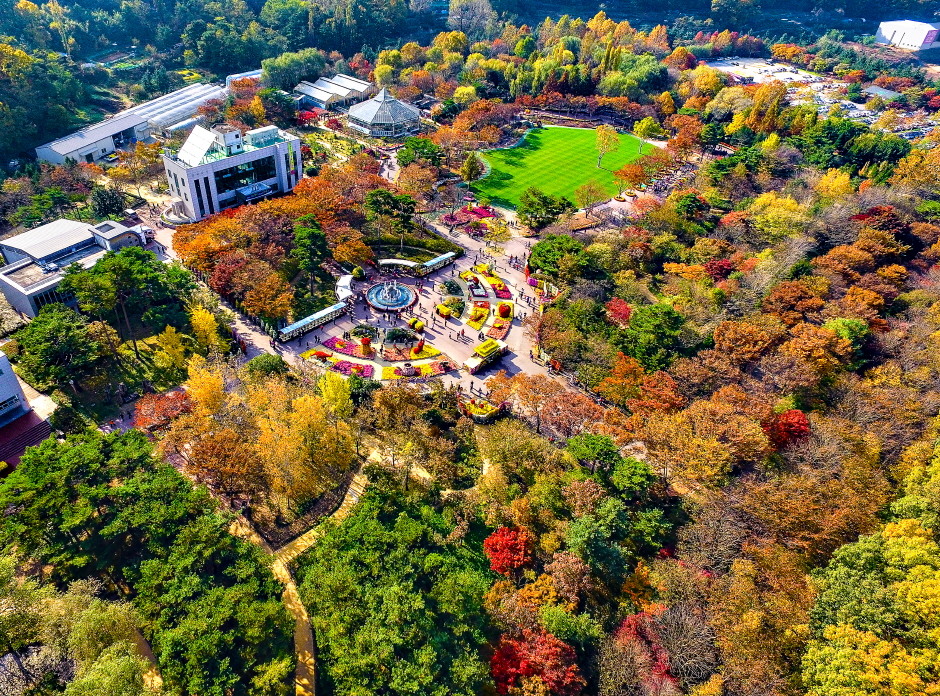
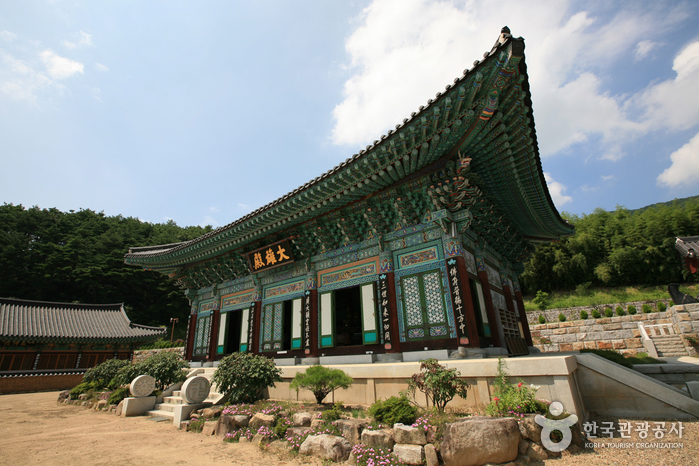
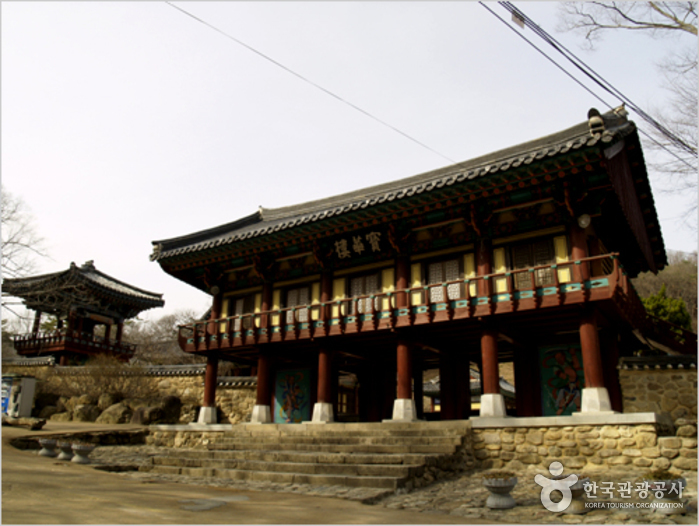
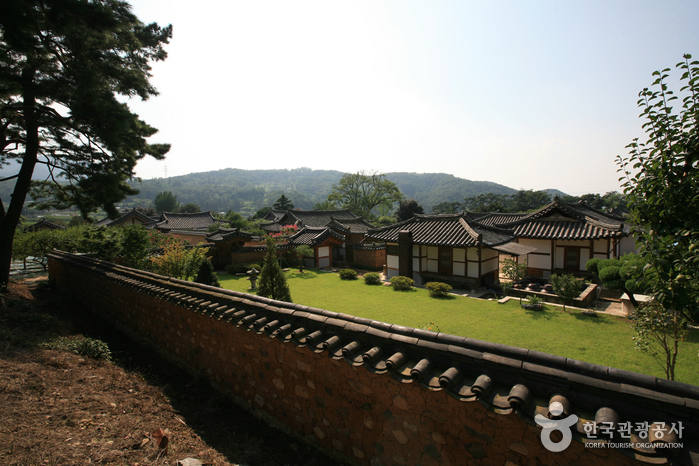
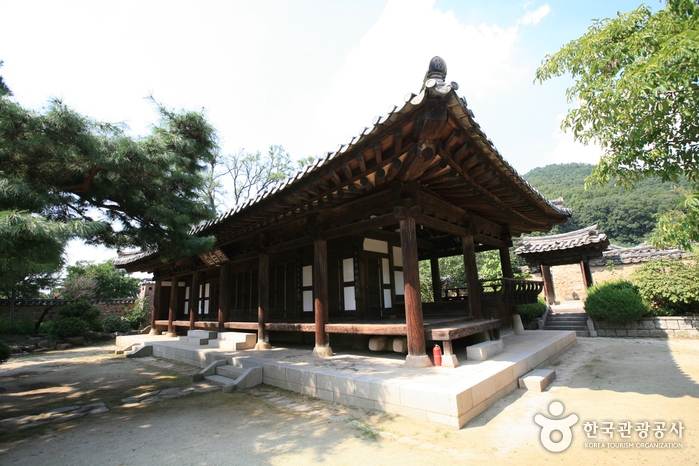
![Patagonia - Daegu Chilgok Branch [Tax Refund Shop] (파타고니아 대구칠곡직영점)](http://tong.visitkorea.or.kr/cms/resource/09/2883909_image2_1.jpg)
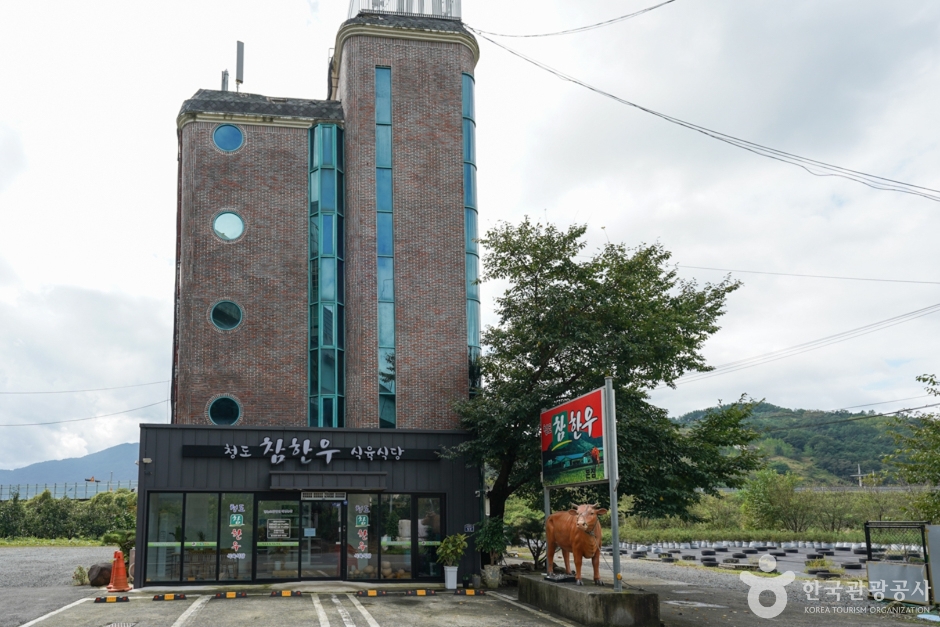
![ER Donga - Gangbuk Branch [Tax Refund Shop] (ER 동아 강북)](http://tong.visitkorea.or.kr/cms/resource/07/2883907_image2_1.jpg)
![Optic Libre Haebang Eyewear - Daegu Daegok Station Branch [Tax Refund Shop] (옵틱리브레해방안경 대구대곡역점)](http://tong.visitkorea.or.kr/cms/resource/65/3312765_image2_1.jpg)
 English
English
 한국어
한국어 日本語
日本語 中文(简体)
中文(简体) Deutsch
Deutsch Français
Français Español
Español Русский
Русский